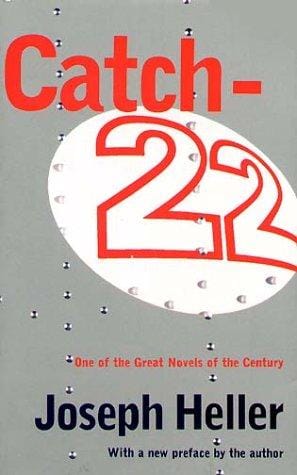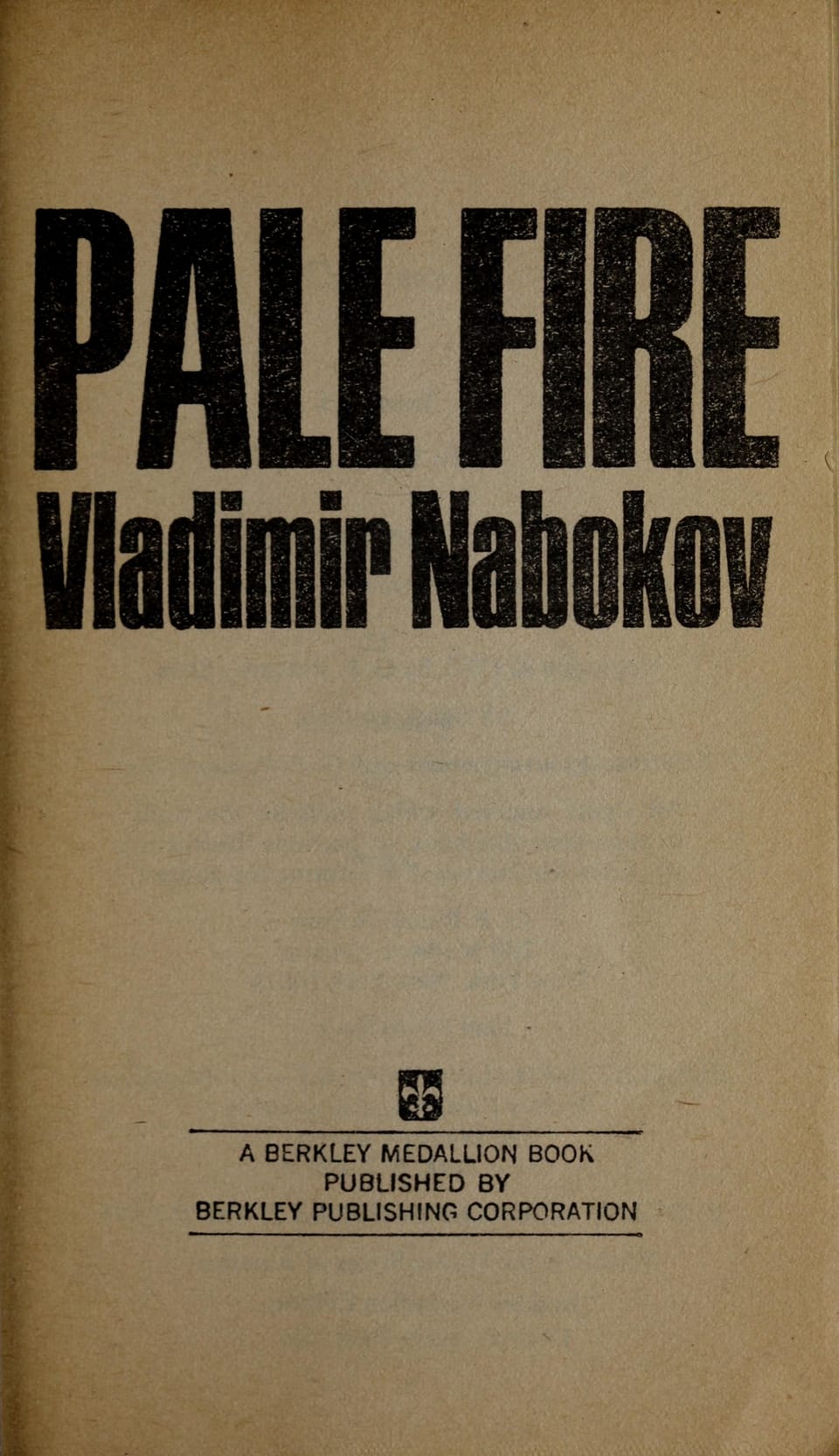Understanding Joseph Heller's Catch-22: Themes, Characters, and Legacy
A concise exploration of Catch-22 covering its plot, characters, satirical themes, origin of the term, and why Joseph Heller's novel still matters today.

Introduction
When Joseph Heller published Catch-22 in 1961, critics and readers immediately recognized they were witnessing something entirely new in American fiction. The World War II novel fused absurdist humor, biting social criticism, and nightmarish bureaucracy into a single, dizzying package that both entertained and unsettled. More than sixty years later, the term “catch-22” has entered everyday language, symbolizing a no-win situation created by contradictory rules. This article unpacks the novel’s plot, themes, characters, and lasting cultural resonance, explaining why Catch-22 remains a must-read classic.
Plot Summary
Set on the fictional Mediterranean island of Pianosa near the end of World War II, Catch-22 follows Captain John Yossarian, a U.S. Army Air Forces bombardier who is desperate to survive his tour of duty. Yossarian’s commanding officer, Colonel Cathcart, keeps raising the number of missions men must fly before they can go home, ensuring that safety is always just out of reach. Meanwhile, the base descends into surreal chaos: Milo Minderbinder turns supply logistics into a global black-market syndicate, Doc Daneeka manipulates medical records, and dead men occasionally share tents. Heller’s nonlinear narrative jumps back and forth in time, gradually revealing the traumatic bombing run over Avignon that haunts Yossarian and shapes his growing refusal to participate in the war machine.
Major Themes
The most obvious theme of Catch-22 is the absurdity of war. Heller dismantles the notion of military heroism by depicting officers more concerned with personal advancement than strategy, and soldiers who fear their own superiors as much as the enemy. Closely related is the critique of bureaucratic logic: rules multiply until they become impossible to obey, yet obedience is still required. Freedom is constantly promised but never delivered, reinforcing the novel’s existential undertone that life is inherently irrational. Heller also satirizes capitalism, showing how Milo’s syndicate transforms death into profit. Finally, the book contemplates individual morality, asking whether a single person can remain sane and humane inside a system designed to negate both qualities.
Memorable Characters
Catch-22 is populated with grotesque yet unforgettable figures who embody its themes. Yossarian, simultaneously cowardly and courageous, serves as the reader’s surrogate, articulating fears most soldiers repress. Doc Daneeka illustrates moral compromise, claiming to care about men’s health while refusing to risk career setbacks. Colonel Cathcart epitomizes ambition devoid of conscience, turning human lives into statistics that might land him in The Saturday Evening Post. The tragicomic fate of Snowden, whose death is slowly revealed in flashbacks, provides the emotional core of the novel, reminding readers that behind every joke lies genuine trauma.
Origin of the Term Catch-22
Within the novel, “Catch-22” refers to Air Force regulations stating that any pilot who willingly continues to fly dangerous missions is insane, yet if he requests removal from duty he proves he is sane and therefore ineligible for relief. The circular logic traps airmen indefinitely. Heller originally titled the book Catch-18, but publishers feared confusion with Leon Uris’s Mila 18. The replacement number 22 had a pleasing repetition, and the phrase soon entered dictionaries as shorthand for paradoxical dilemmas created by authority. The linguistic afterlife of the term is perhaps the clearest evidence of the novel’s cultural penetration.
Literary Style and Satire
Heller employs a kaleidoscopic structure, fragmented chronology, and looping dialogue to mimic the confusion of combat and the illogic of bureaucracy. Sentence fragments, repetitive exchanges, and exaggerated name choices—Major Major Major Major, for example—create a comedic surface that masks deeper horrors. The author’s satire draws on influences ranging from Swift to Kafka, yet his rapid-fire comic timing feels distinctly modern. By denying the reader a linear narrative, Heller forces us to experience the same disorientation as his characters, underscoring the insanity of systems that treat human life as a clerical error.
Cultural Impact and Legacy
Upon release, Catch-22 divided critics, some praising its originality, others deeming it chaotic. Public opinion quickly sided with Heller; the novel sold millions, inspired a 1970 film adaptation, stage plays, and a 2019 streaming miniseries. Beyond entertainment, it shifted how Americans talked about authority during the Vietnam War and Watergate, providing language for questioning official narratives. Authors from Kurt Vonnegut to Thomas Pynchon cite Heller as an influence, and the book regularly appears on lists of the twentieth century’s greatest novels. Academic courses analyze its postmodern structure, while business writers borrow “catch-22” to describe corporate red tape.
Why Read Catch-22 Today?
Modern readers may not face flak over Italy, yet Heller’s insights into institutional madness remain urgently relevant. Whether confronting rigid workplace policies, labyrinthine customer service, or contradictory legislation, the feeling of being trapped by senseless rules is universal. Catch-22 offers both catharsis and caution, reminding us that laughter can expose tyranny and that dissent often begins with a single individual refusing to participate. Yossarian’s final decision to desert, once controversial, now resonates as an assertion of personal agency against dehumanizing systems.
Conclusion
Catch-22 endures because it captures the eternal tension between individual survival and collective absurdity. By blending slapstick humor with relentless tragedy, Joseph Heller created a work that entertains even as it indicts. Readers come for the jokes and stay for the unsettling recognition that the world’s most nightmarish contradictions are frequently self-inflicted. In an era still rife with bureaucratic double binds, Catch-22 invites us to name the paradox, laugh at it, and, like Yossarian, find a way out.



